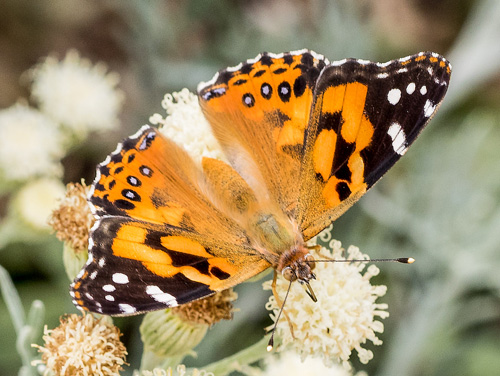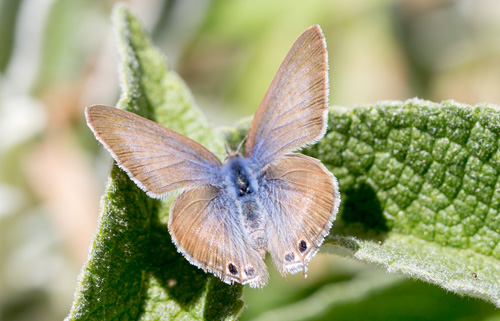Butterfly gardening

As the weather warms, some of the delights of my garden, aside from the wonderful plants themselves, are the birds, bees and the butterflies. For many gardeners in urban settings, they feel that there are far less of these than there were when they were children, especially when it comes to butterflies. While this may possibly due to the fact that they were more observant when they were a child, there are many factors that have contributed to an overall decline in butterflies. The use of chemical pesticides and herbicides has a big impact on butterflies and it is ironic that gardeners love butterflies and yet often hate caterpillars. They forget that you cannot have butterflies without caterpillars, and if you want to attract butterflies back into their gardens it is necessary to accept some leaf chewing and damage for a greater benefit.
Butterflies add beauty and delight, and can be encouraged to be regular guests in any garden if you design it, or at least part of it, for them. Here are the basic design principles to designing a butterfly garden.

Warmth – Butterflies are cold blooded and need to warm up in the sun before they can take flight. As a result they are most active from mid-morning to mid-afternoon so locate your butterfly food plants where they get sun during this period, as butterflies rarely will feed in the shade. Butterflies also use the sun for orientation. They love to rest and sun themselves to warm up, basking on paved paths or flat stones positioned in the sun yet protected from wind.
Shelter from the wind – This is important at butterfly wings can be damaged by strong winds. By using a range of butterfly attracting plants of different heights you can use the taller varieties as wind breaks.
Water – While gardeners often think about having water bowls for pets or birds, they often forget about insects such as butterflies and bees. If you have not got a fish or frog pond, leave shallow bowls of water out for these smaller creatures and add some stones, sticks or branches to act as landing platforms.

Plant diversity – The current minimalistic landscaping style uses mass plantings of minimal plant varieties and this does not provide enough nor the right sort food plants for butterflies. Butterflies are most often seen on warm days in spring summer and autumn so make sure that you have a range of plants which are flowering during this period as well as the rest of the year.
Leave things a little wild – Butterflies are likely to visit your garden, and perhaps even stay and breed if you maintain some wild or informal areas such as is found in a cottage style garden. An intensely-maintained, manicured garden is inhospitable to wildlife because it is constantly being mowed, pruned and tidied. Many native butterflies and moths lay their larvae on native grasses and the caterpillars need to feed on these plants. Mowing, slashing or spraying these grasses will destroy the caterpillars.
Nectar-rich flowering plants for the adult butterflies – Choose local native plants and exotic varieties which flower all year round, especially from spring to autumn. Known butterfly attracting plants include as butterfly bushes (Buddlejas), Ageratum, Veronicas (Hebe species) and Cherry pie (Heliotropium arborescens).
Caterpillar food-plants for their caterpillars – While butterflies can use nectar from many different types of flowering plants as their source of energy, their caterpillars require specific food plants. Female butterflies will only lay their eggs on these plants and therefore will only breed if the specific caterpillar food plant is present. It is necessary to accept the fact that these plants will be subject to a certain amount of leaf chewing and damage, and obviously the use of garden chemicals must be avoided. Some caterpillar food plants are actually weeds, such as cape weed and stinging nettles. You may choose to allow a controlled patch of these weeds to exist in your garden where they cannot cause any harm by spreading into the greater environment.












 Proudly Australian owned and operated
Proudly Australian owned and operated